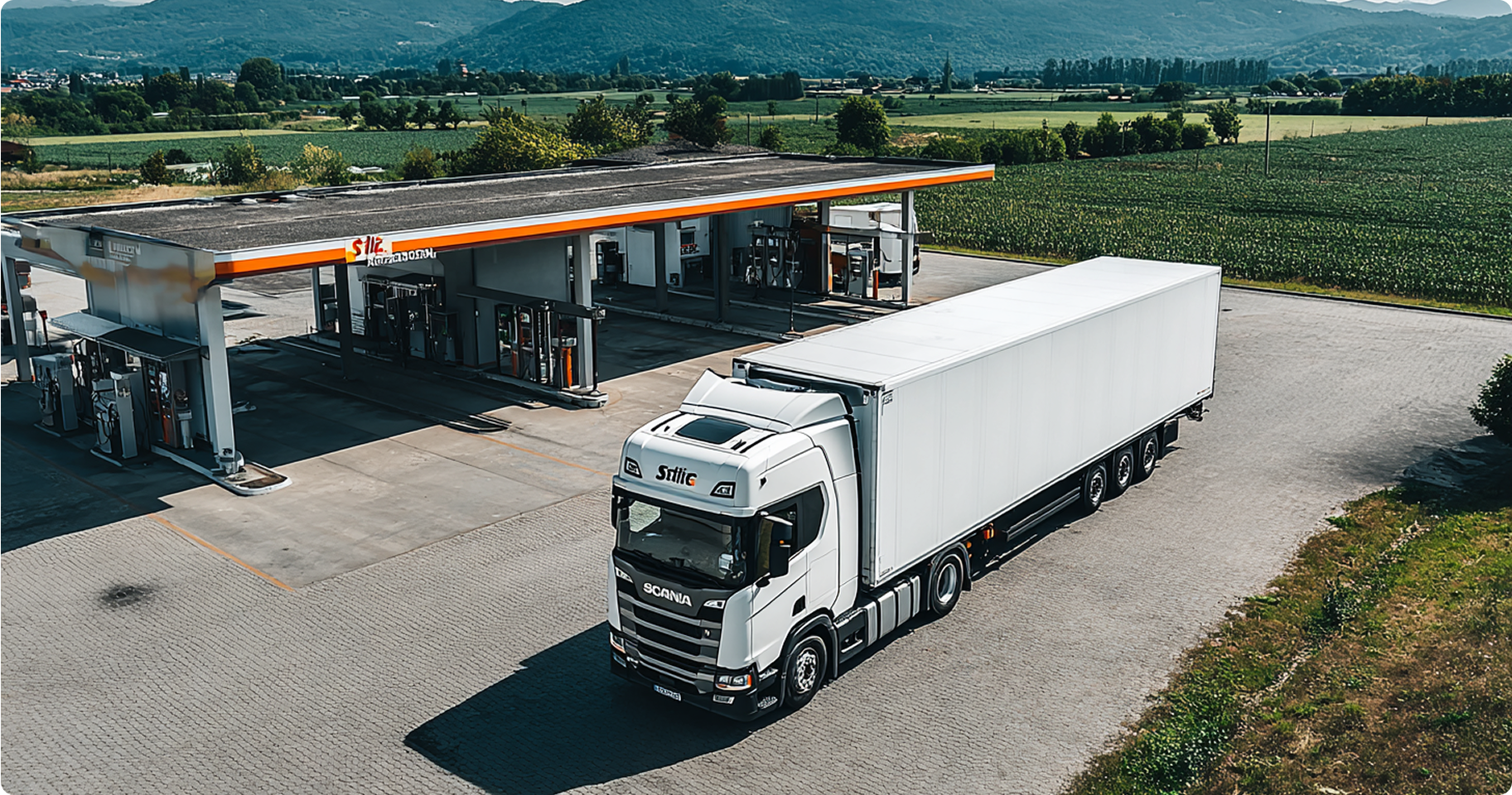

Green hydrogen is attracting growing interest as a promising solution to revolutionize heavy mobility. With the rise of technology, massive investments and a burning desire to decarbonization, the industry is in turmoil. But how exactly this energy transition could it happen for heavy transport in the years to come? Let's explore these exciting developments together.
At present, heavy industry relies mainly on fossil fuels such as diesel. These fuels, while efficient, are among the main sources of global pollution. Reducing the carbon footprint of this sector is therefore crucial to achieving international climate goals.
However, conventional solutions, such as electricity, are not always adapted to the specific needs of heavy transport. Vehicles must be able to travel long distances and carry large loads without serious compromises in range or durability. Here, green hydrogen seems like an ideal alternative.
The technology of fuel cell allows hydrogen to be converted into electricity, producing only water as a by-product. This clean and efficient method positions hydrogen as a key player in energy transition. Various pilot projects have already shown the viability of this technology to power both captive fleets than long-distance trucks.
Governments and businesses around the world are stepping up their investments in hydrogen. The European Union, for example, has unveiled an ambitious plan to promote renewables, of which hydrogen is an essential part. Other major economies are following suit, injecting billions into research and development.
These investments aim to reduce the costs of manufacturing hydrogen, improve infrastructure, and encourage large-scale adoption. The construction of charging stations is crucial to ensure efficient distribution. Ultimately, it is expected that the cost of hydrogen will fall sufficiently to be competitive with traditional fuels.
Innovation is playing a huge role in the popularity of hydrogen. New production methods, using solar and wind energy in particular, make it possible to produce more environmentally friendly products. clean fuel. At the same time, advances in storage materials are making these systems safer and more efficient.
Green hydrogen, produced from renewable energies, offers an attractive solution for heavy mobility. Unlike electricity obtained by traditional means, hydrogen can be stored easily, allowing for a continuous supply without depending on weather conditions.
Its adoption will not only reduce CO2 emissions but also diversify the sources of clean fuels. For industries using large captive fleets, it is an opportunity to modernize and reduce operational costs related to fuels.
In several countries, the first prototypes of hydrogen-powered trucks are already being tested. For example, some regions in Europe have started to integrate hydrogen buses into their public transport networks, thus proving that this technological base is ready to be deployed more widely.
Likewise, ports now use handling equipment powered by fuel cells to reduce their environmental impact. Each concrete success generates more trust and accelerates the transition to this new form of mobility.




Green hydrogen is a concrete solution that is already redefining heavy transport standards today. By anticipating this revolution, businesses can combine performance, autonomy and environmental responsibility.
Despite all its promises, hydrogen still has to overcome some obstacles before it can become omnipresent. One of the main challenges is the high cost of producing green hydrogen compared to hydrocarbons. However, with rapidly changing technologies and increasing demand, it is likely that these costs will decrease significantly over time.
On the other hand, the construction of a complete distribution infrastructure is also a major challenge. Massive investments are needed to install enough charging stations on key routes, thus ensuring smooth and reliable adoption for all types of trips.
To accelerate the growth of hydrogen, governments will need to put in place robust fiscal policies and incentives. Research and development grants, tax cuts for businesses adopting this technology, and fleet conversion programs could play key roles in widespread adoption.
Looking towards 2030, it is obvious that hydrogen will radically transform the heavy mobility. Not only will this transition make it possible to meet strict environmental standards, but it will also offer more sustainable and economical alternatives in the long term.
Cities will be less polluted, roads quieter and industries less dependent on fossil fuels. A world where trucks, buses and other heavy means of transport run on hydrogen is no longer a utopia but an impending reality.
Each region will be able to take advantage of its natural resources to produce hydrogen locally, thus stimulating local economies. In a global context, this will create more resilient and diverse supply chains, reducing dependence on certain oil-producing regions.
While the train of the energy transition continues to gain speed, hydrogen is positioned as the locomotive of heavy mobility of the future. Technological advances, colossal investments and collective determination are paving the way for a future where our heavy modes of travel will be synonymous with cleanliness and efficiency. Get ready for this approaching green revolution, because by 2030, hydrogen will have redefined the way we perceive heavy transport.